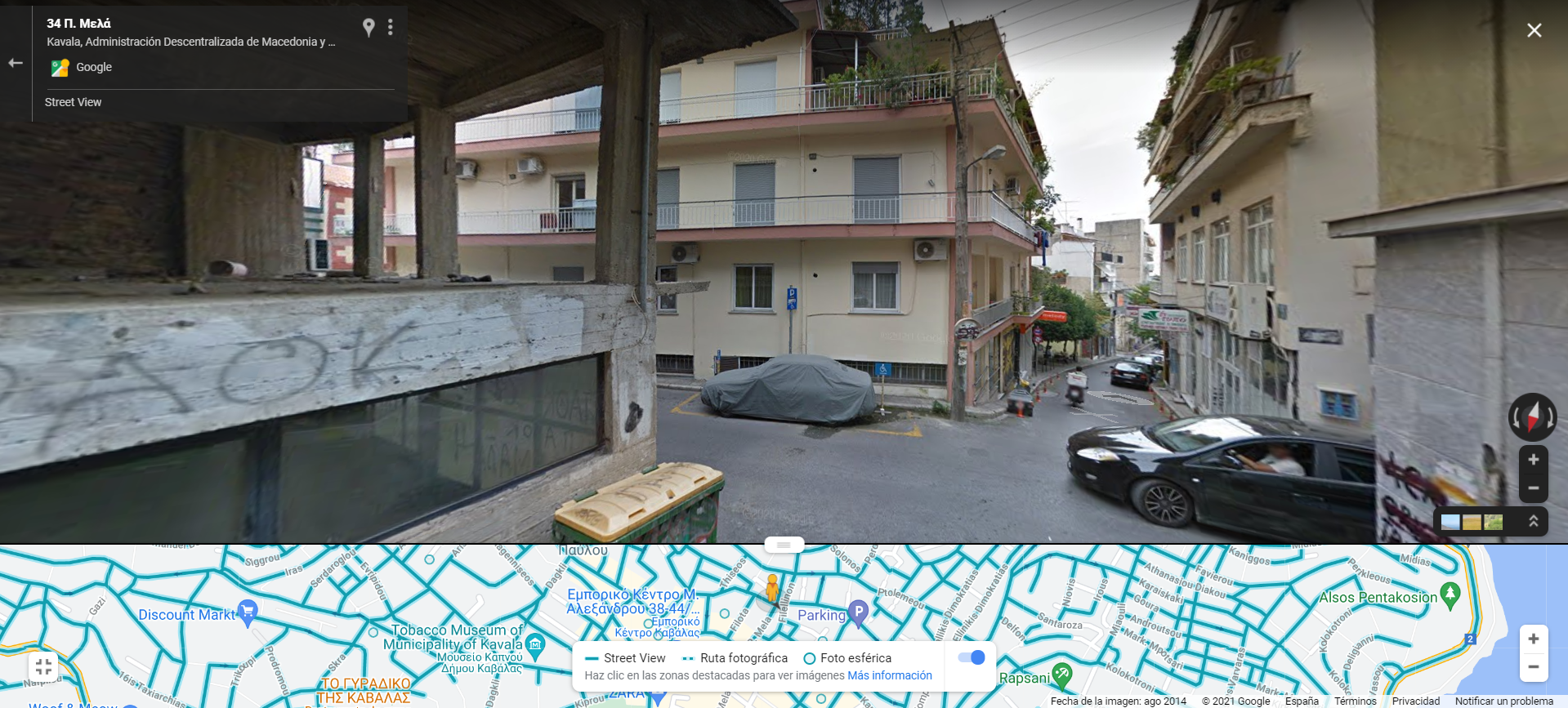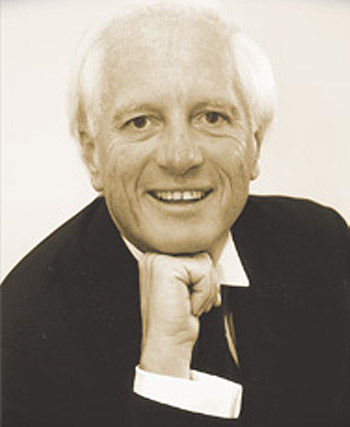August 27, 2021 – Shabbat is almost here
And today, we will listen to one of the most remarkable cantors of modern times: Shimon Farkas.
 Hello, how are you? I hope well. I have started writing this edition still at home but I will send it from another country. My first international trip since January 2020. Yes, I am in Greece, in Kavala in particular. For the Cosmopolis Festival.
Hello, how are you? I hope well. I have started writing this edition still at home but I will send it from another country. My first international trip since January 2020. Yes, I am in Greece, in Kavala in particular. For the Cosmopolis Festival.
If you want to know the broad outline of Jewish history in Kavala, the Jewish Museum of Greece has this page. The city hosted a bunch of Hungarian Jews (by the way, it was in Hungary that today’s protagonist was born in 1949) as well as Sephardic ones and the language of the community became to the Spanish. The history of the XX century in Kavala is tragic, but I don’t think this will surprise you.
Another source, KosherGreece.com, tells another situation and gives the address of the Jewish community headquarters. Nevertheless, according to the JewishVirtualLibrary: “By the beginning of the 21st century, the last elders of the three remaining families had passed away and no more Jews resided in the city.”

? Do you like Music Before Shabbat?
Then, please, spread the word.
Enjoy the music and Shabbat Shalom!
| Share this with a friend, right from here |
About Cantor Shimon Farkas
In the issue about Chassidic Kaddish a fortnight ago, we already heard this cantor. He was one of the three who performed the piece, in that spectacularly beautiful recording. You can review it, here. I discovered Farkas in that piece and since then I have heard quite a few of his recordings and I have chosen one in which I think he shines in an incredible way. It is a recording from 1993, when he was 44 years old. My age now. I think that’s a very good age for a singer. In more recent recordings he is also spectacular, I would even say with an even greater capacity to move. For instance, in this recording.
 Shimon Farkas was born in Hungary in 1949. About the surname Farkas, this page of the ANU Museum of the Jewish People mentions that:
Shimon Farkas was born in Hungary in 1949. About the surname Farkas, this page of the ANU Museum of the Jewish People mentions that:
“Farkas is the Hungarian translation of “wolf”, which is the traditional equivalent of the biblical male personal name Binyamin, whom Jacob describes as a Wolf who devours his prey in the morning and divides the spoils in the evening (Genesis 49.27). Widespread as a German Jewish family name, Wolf was sometimes translated into Hungarian, particularly in the 19th and 20th centuries, when non-Hungarian names were Magyarized in Hungary. Farkas is documented as a Jewish family name in the 13th century in Vasvar in Hungary. The form Varkas is attested in 1462 in Budapest.”
The surname is very common in Hungary not only for Jews. But I think this kind of information is interesting because sometimes it gives some clues about historical events, as in this case.
Three of the grandparents of Farkas died in Auschwitz, like many, many other Hungarian Jews. I have not chosen it for this occasion, but this video recording of Szól a Kakas Már (The Rooster is Crowing, in Hungarian) with Shimon singing with his son Chaim is also worthy of mention. This song will have its own MBS edition in the future.
According to the website of the Central Synagogue of Sidney, from where I took the portrait:
“Chazan Shimon was born in Hungary and moved to Israel as a young child. A virtuoso from the beginning, by age nine he was already conducting the Friday night services at the Rama Synagogue in Tel Aviv. In 1972 at the age of 22, Chazan Shimon was appointed as Chief Cantor of our synagogue.
He is well known throughout the Jewish world and has made a number of professional recordings. On Australia Day, 2008, Chazan Shimon was awarded the Order of Australia Medal in recognition of his contribution to the Jewish community, in particular, to our synagogue. Shimon and his wife, Veronica, have three children and 11 grandchildren living in Sydney, Melbourne and Israel.”
For a more detailed bio, check this.
About the piece Hashkivenu
There are dozens of versions of this song, including many in pop or singer-songwritter styles that I don’t like. This one by Chaim Adler and choir is nice but it is not the same melody as Farkas’. It seems Jacob Gottlieb, of whom I talked in this previous edition, had one. And Leonard Bernstein make a version. Here you are a recording of Bernstein’s composition.
Who composed the one sang by Farkas? Himself. So not only does he sing amazingly, but he also composes pieces like this wonderful version of Hashkivenu. 
I found that information in ? this newspaper of 1993, The Australian Jewish News, available in The National Library of Israel.
About the poem, according to this website: “This is a fourth prayer surrounding the Shema. It is recited first in the synagogue and then at home as a bedtime prayer. Unlike the other three prayers surrounding the Shema, the Hashkiveinu prayer has no equivalent in the morning service.” To learn about the mentioned concept of Shema, check this.
The meaning of the prayer is nicely explained in this paragraph by Rabbi Hannah Orden in JewishStandard: “Hashkiveinu begins by asking that God cause us lie down in peace and raise us up to life renewed. And it ends with a plea to spread over us a sukkat shalom. Shalom usually is translated as peace, but it comes from the Hebrew root meaning “whole.” We are praying for safety and protection from external dangerous, and we also are praying for inner peace. We are praying to feel whole.”
Click the picture to listen and to watch to Hashkivenu by Chazan Shimon Farkas and the Concord Hotel Symphonic Chorale, conducted by Matthew Lazar:
| Share this with a friend, right from here |
